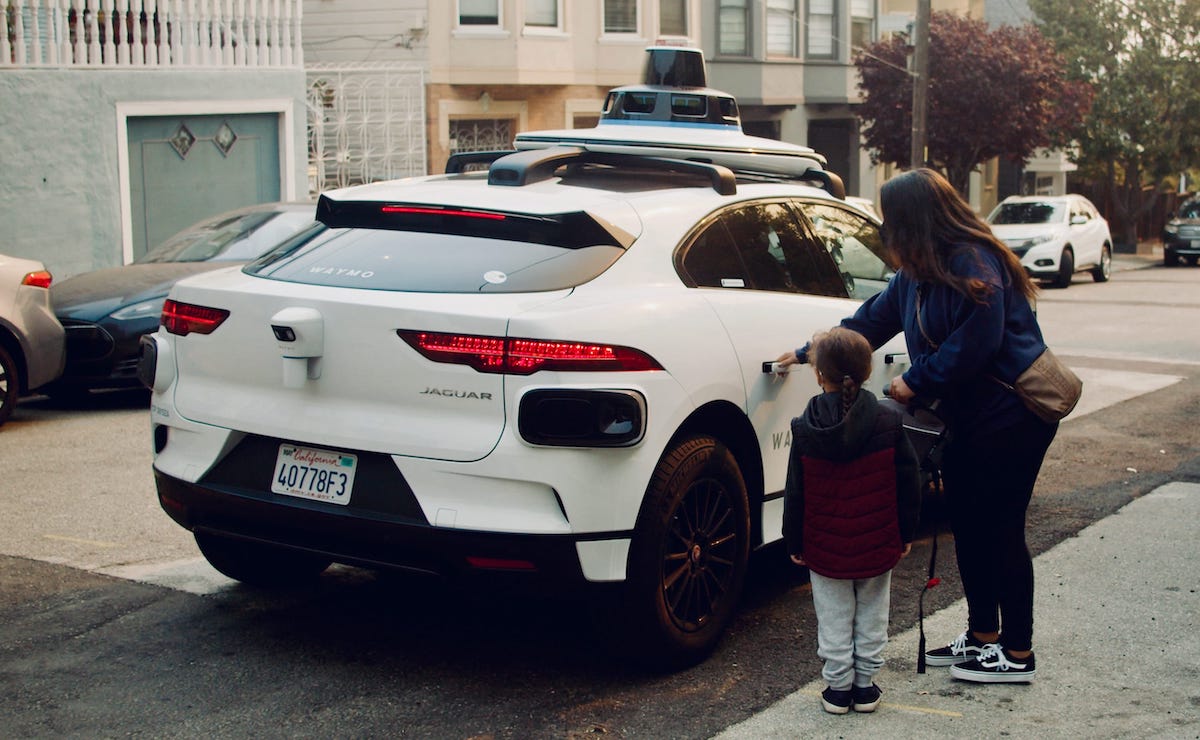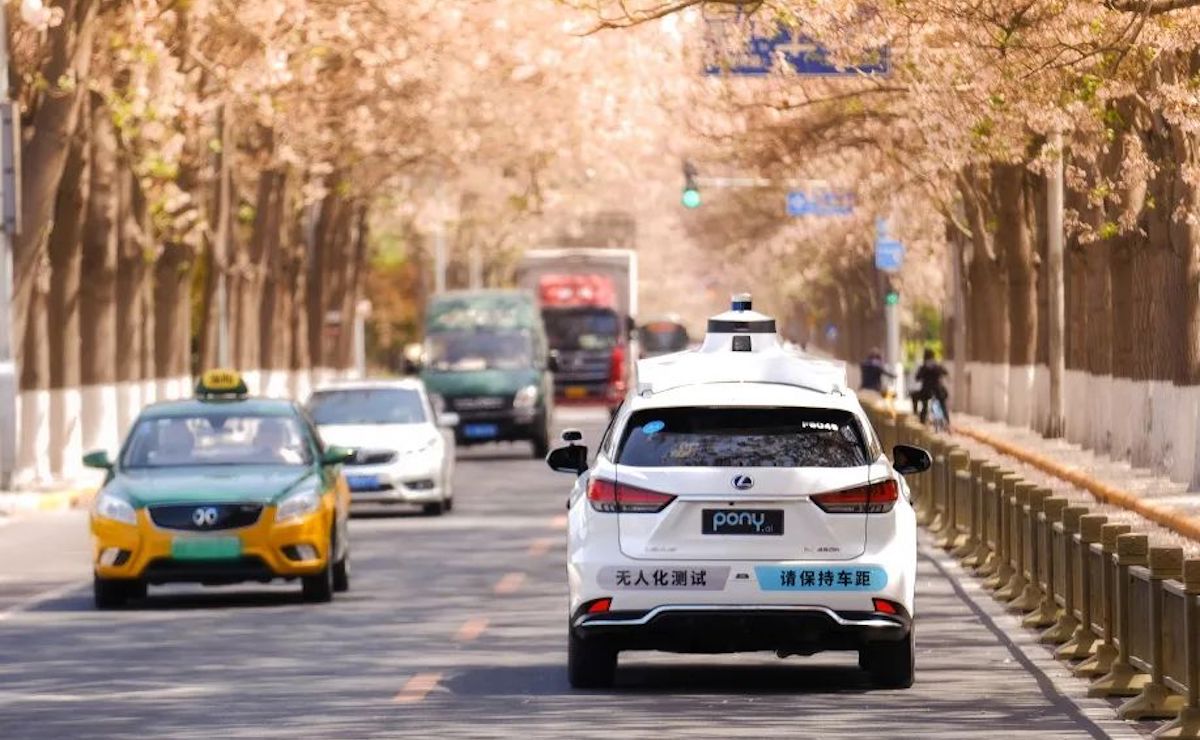Robotaxi has always be the ultimate goal of the development of autonomous driving technology. Based on the level of technology so far, although it might be not until 2030 for the production of commercialized Level 4 or Level 5 autonomous driving vehicles, for those IT companies which had invested manpower and resources for many years, it’s like “ants on a hot pan” that they are in haste to begin the production for return on investment. Since this year, the number of cars from autonomous driving sharing fleets that conducts road tests and pilot runs in the USA had increased rapidly, which is predicted to be increased from 2,500 units last year to 9,200 units this year, or even will be further increased to 40,000 units next year; The two leaders in autonomous driving technology – Google’s Waymo and GM’s Cruise, which had conducted road tests and pilot runs that accounted for 70% of the total mileages of road tests in the USA last year, start to promote Robotaxi ride-hailing paid services since this year, and they implemented real autonomous driving services by emphasizing the removal of safety personnel in driver’s seat. For instance, Cruise utilizes the Chevrolet Bolt BEV to install autonomous driving system, and it was approved to run on downtown streets of San Francisco last month; Waymo, after the cooperation on pilot runs with brands including Chrysler, Jaguar, Renault-Nissan, etc., in Phoenix, Arizona for many years, directly challenge the road conditions of San Francisco that are way more complicated since this year. They also cooperate with Chinese self-owned brand Lynk & Co, a subsidiary of Geely that has huge improvement in technology in recent years, to utilize their cars with steering wheels (L4) or steering-wheel-less (L5) to conduct Robotaxi paid services. In addition, another autonomous driving startup company – Motional rises up and start to catch up with Waymo and Cruise with the investment from Hyundai and Aptiv, and they are ready to cooperate with Lyft to introduce Robotaxi services in Las Vegas next year.

Certainly, speaking of autonomous driving technology, we must discuss about the giant other than USA – China. In this April, Beijing government approved the operating license of Robotaxi without safety personnel in driver’s seat for two IT companies – Baidu and Pony.ai. The inspection of the commercialization of autonomous driving technology is very strict in China, that it requires safety personnel to sit on the passenger seat with assist brakes even without the safety personnel on the driver’s seat at this stage. Baidu’s Apollo Go autonomous driving system already has achieved the world-class level of technology, and it’s installed on BAIC’s car models to hit the road, and it will serve tourists in the XXIV Olympic Winter Games this year; Besides, Pony.ai chose to cooperate with Toyota.

Although Robotaxi has charm in technology but on the other hand it’s uneasily acceptable in passengers’ mindset (at least for now). Having said that, IT companies are still rushing into it to seize the huge business opportunities and the power of discourse in the automotive industry in the future, and even there might be profit losses in the coming years, they still don’t “hesitate”. Certainly, Tesla’s Elon Musk, the well-known public figure, will not be absent in this battle of technology, who declared that new car models will be introduced in 2024 to enter the market of Robotaxi, and emphasized that it will be the main momentum for Tesla to keep growing. I have some observations from the actions this year by major carmakers and IT companies mentioned above…
- The development of autonomous driving technologies had come to the bottleneck that needs to be overcome. Whether beating the bonk to move on, companies needs short-term measures to attract attentions from the public and more supports from consumers, so they can initiate the next round of fundraising to move toward the mature phase of technology; and this “short-term measure” is promoting Robotaxi services ASAP.
- The comprehensive cooperation between IT companies and carmakers is essential cause no company can complete the commercialization of the fully-autonomous driving technology on his own (GM’s Cruise is also obtained by M&A). But the cooperation nowadays doesn’t mean it will be like this forever. It will be common that companies have on-off relationships in the next decade.
- USA and China, the two AI giants, had obviously obtained the leadership in the commercialization of autonomous driving. Germany and Japan, the two traditional car giants, will inevitably face defense battle of the market share in the near future.
- The battle of BEVs will utterly begin in 2025, but it looks like that this year is the first year or Robotaxi services (but not the first year of fully-autonomous driving technology) … Will consumers accept these two technological new concepts at the same time so easily?!